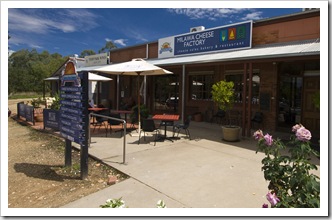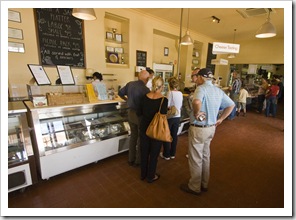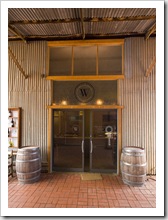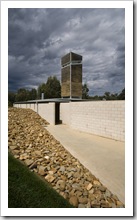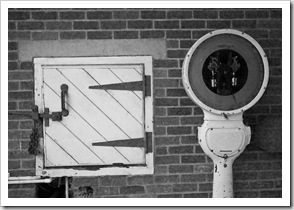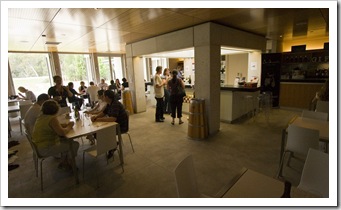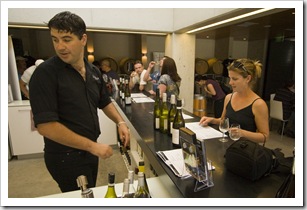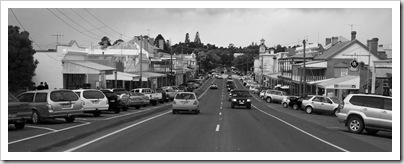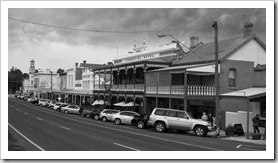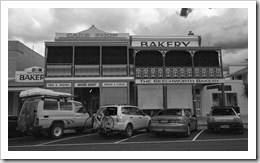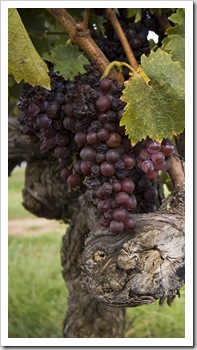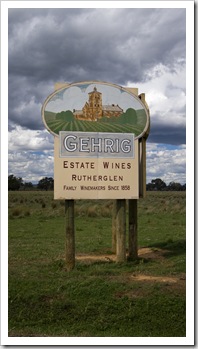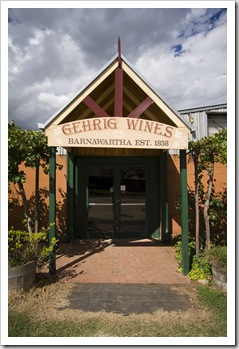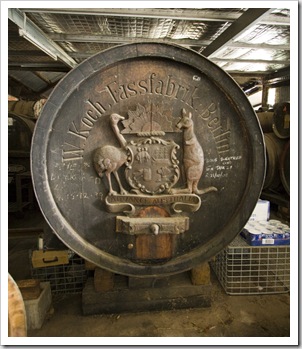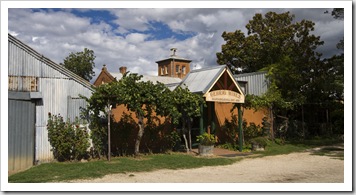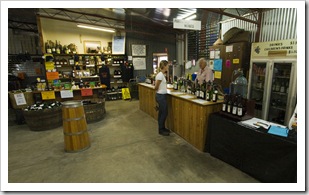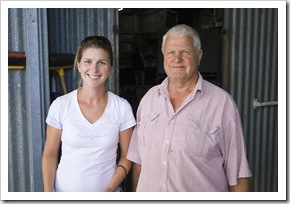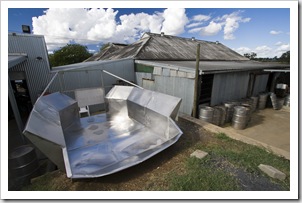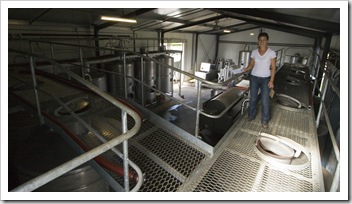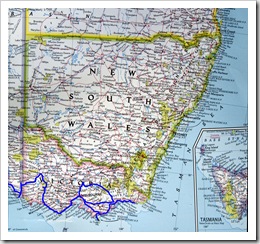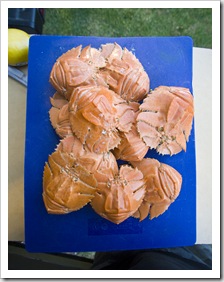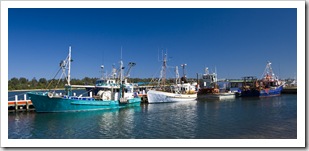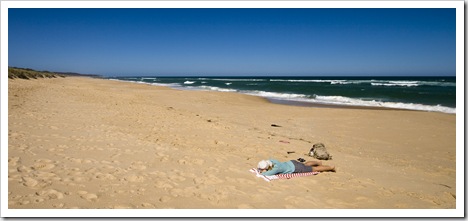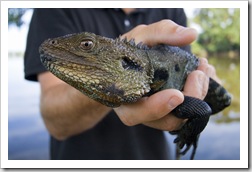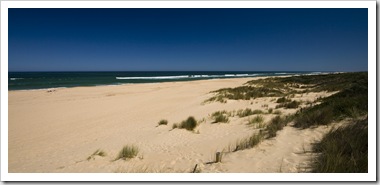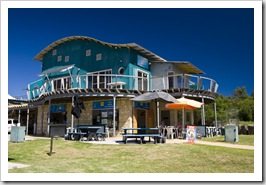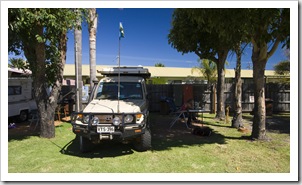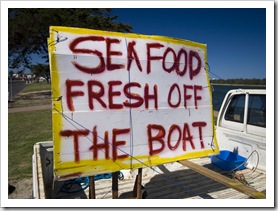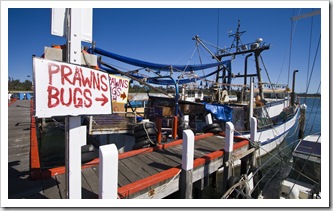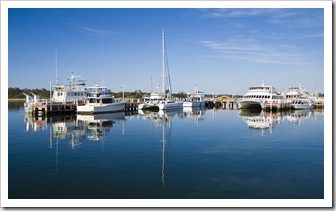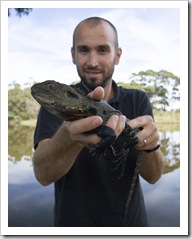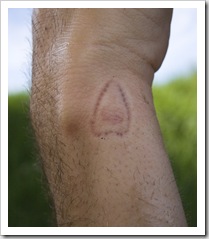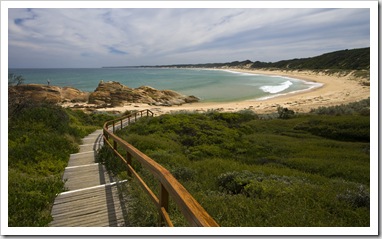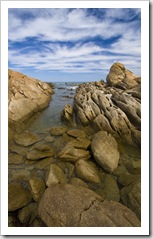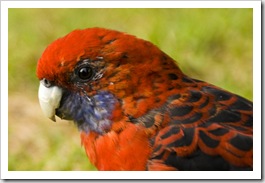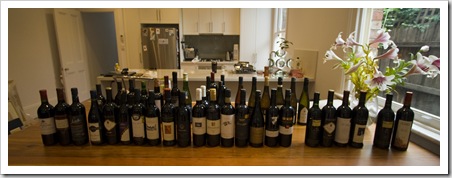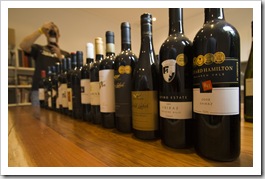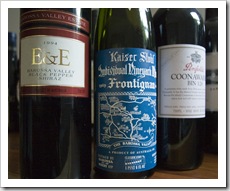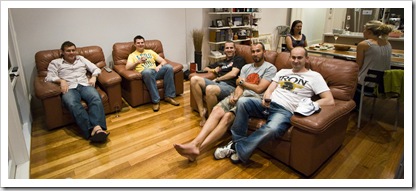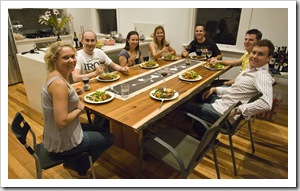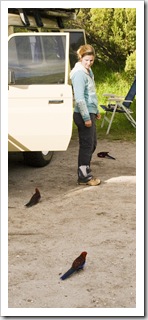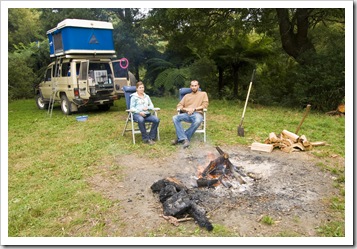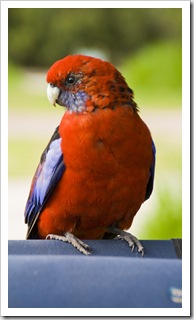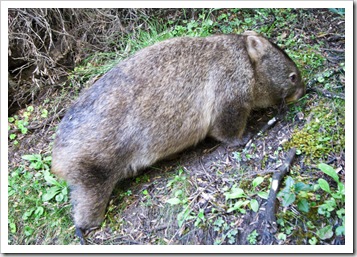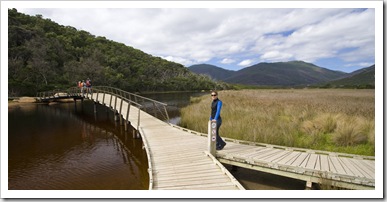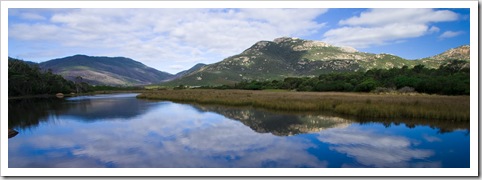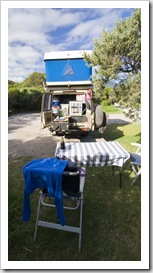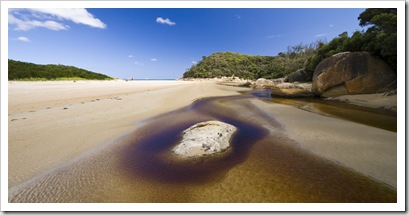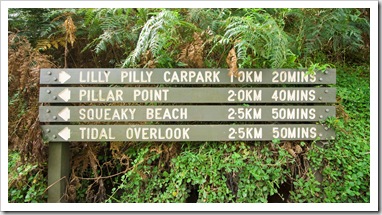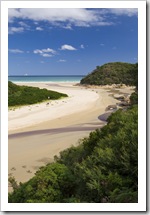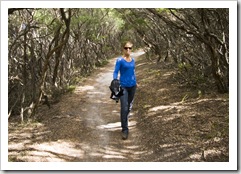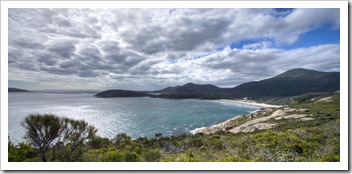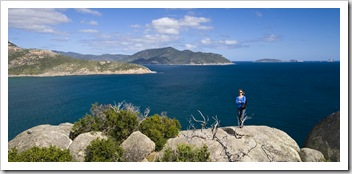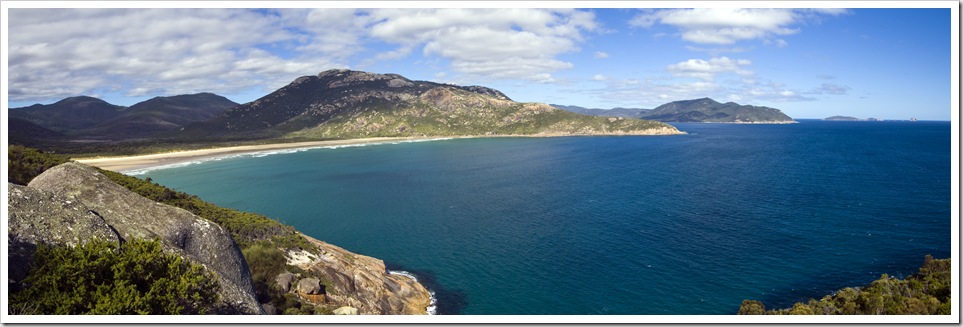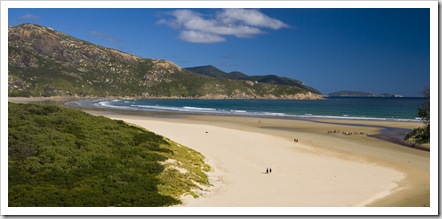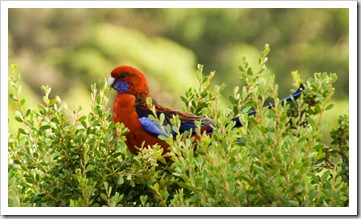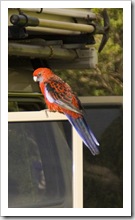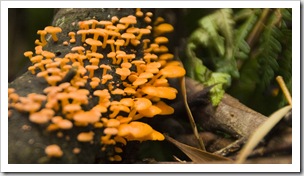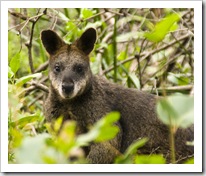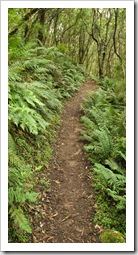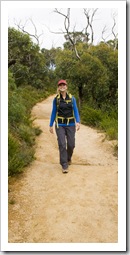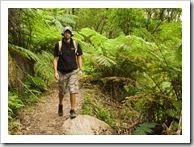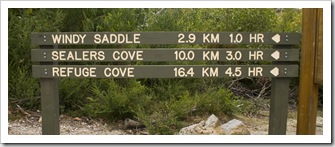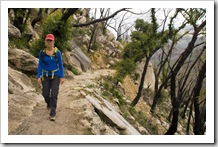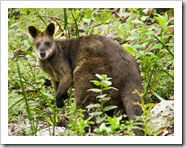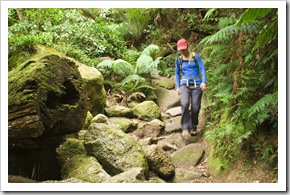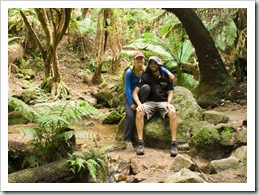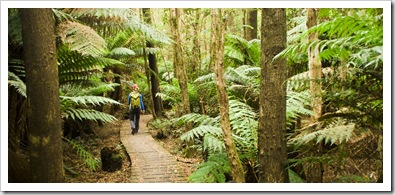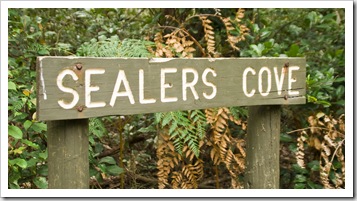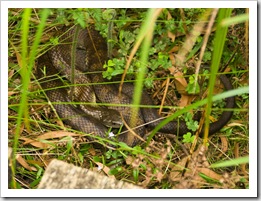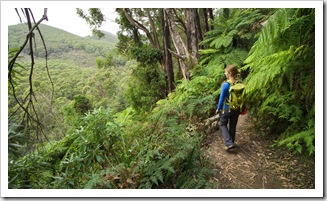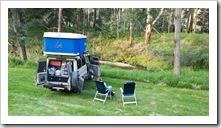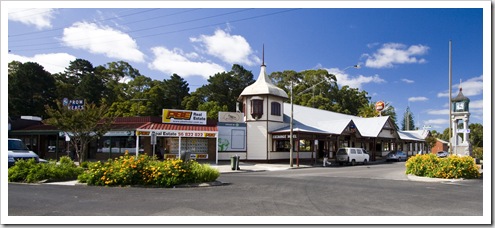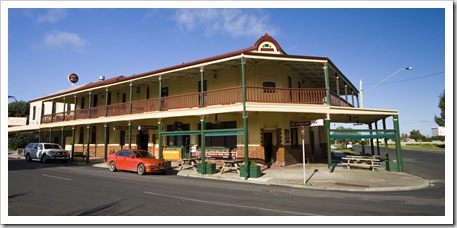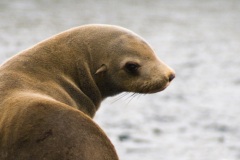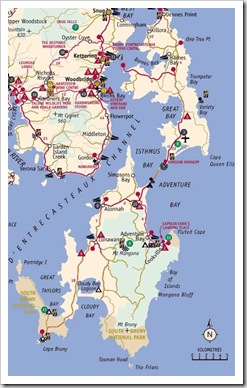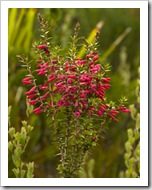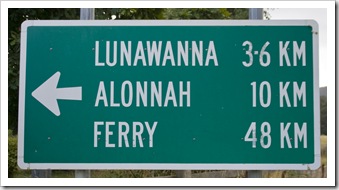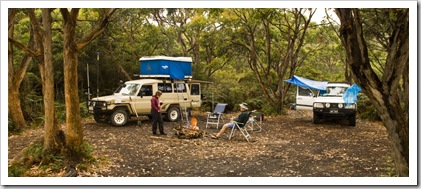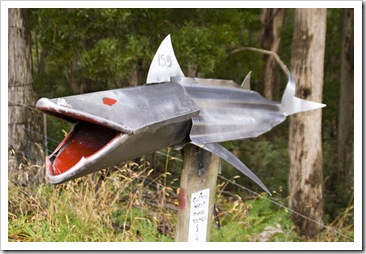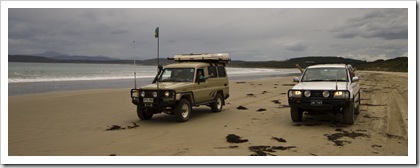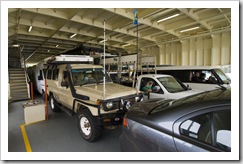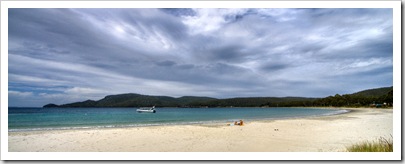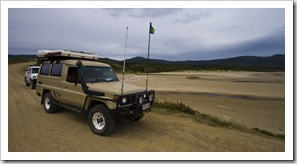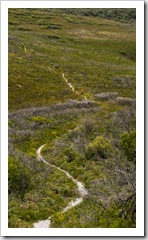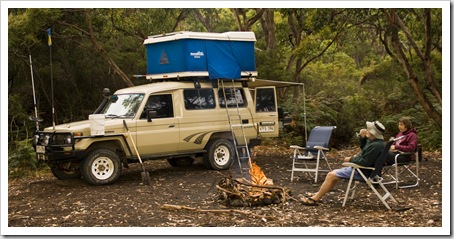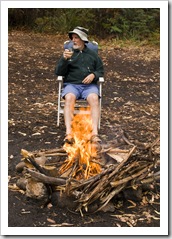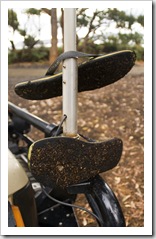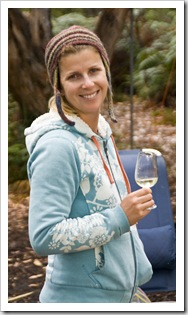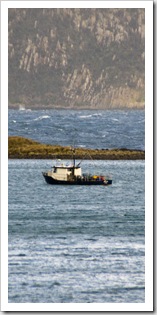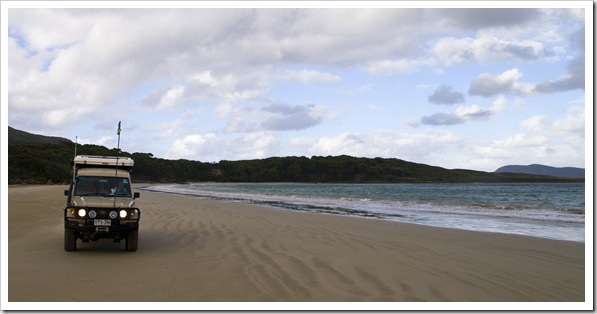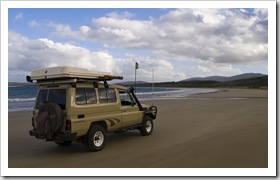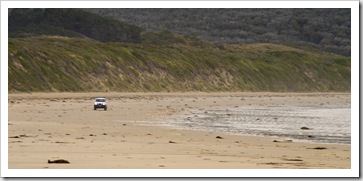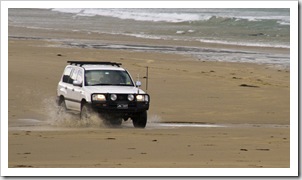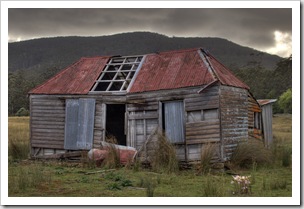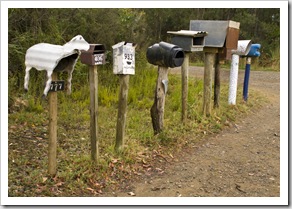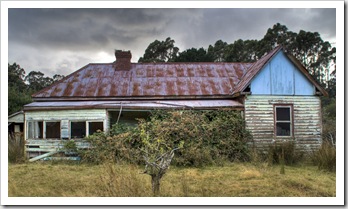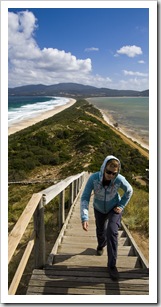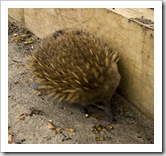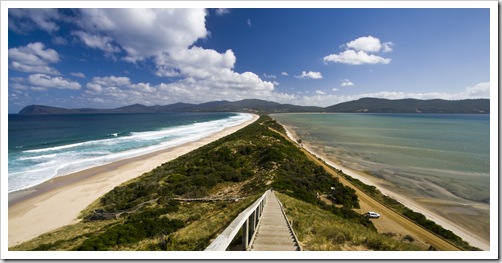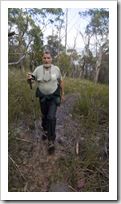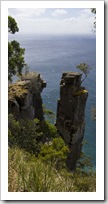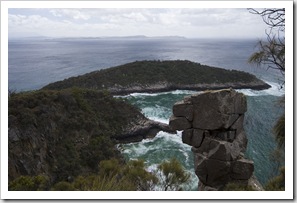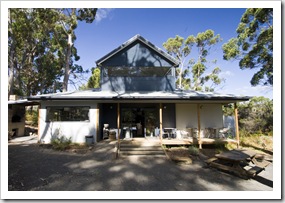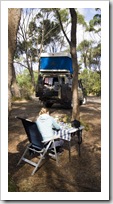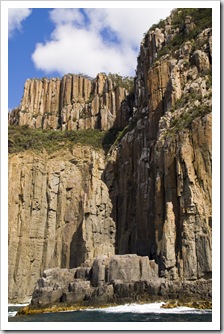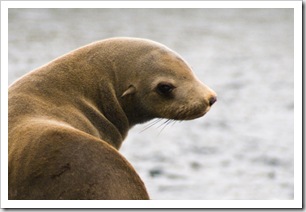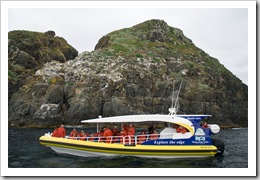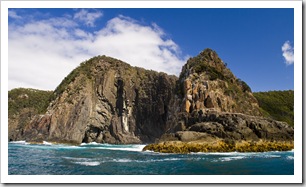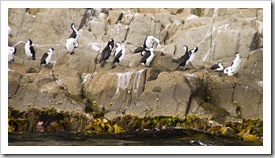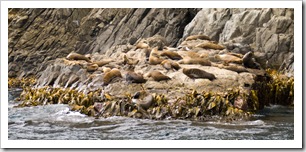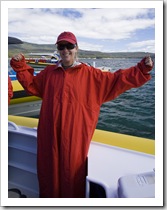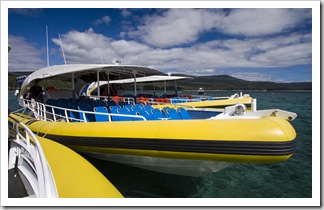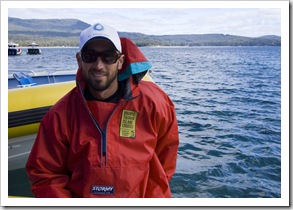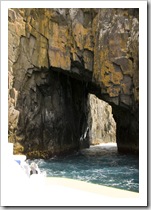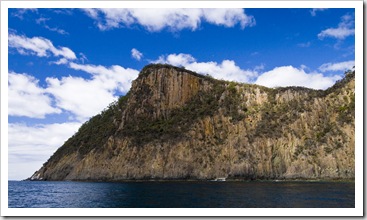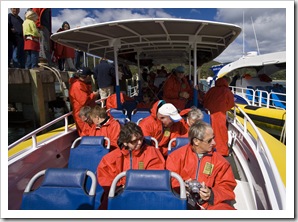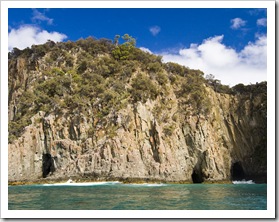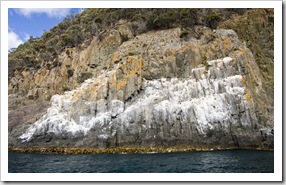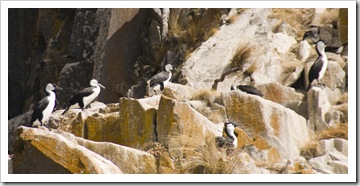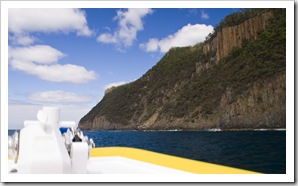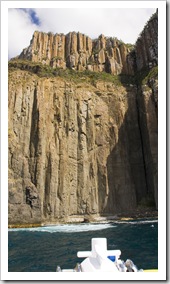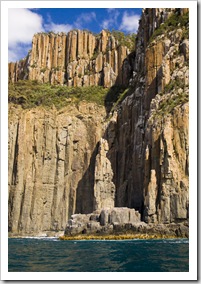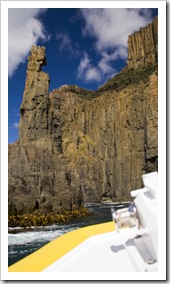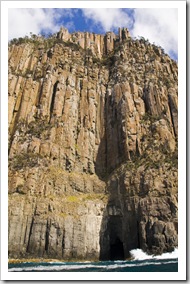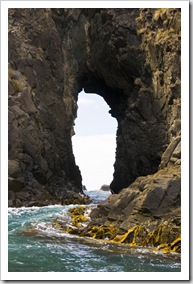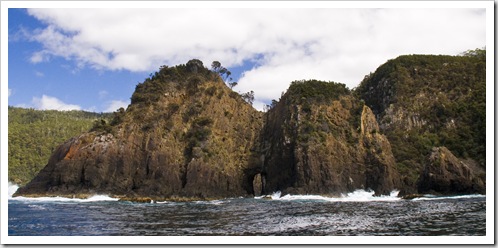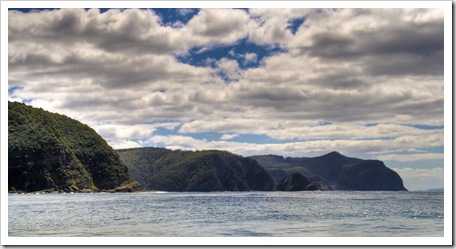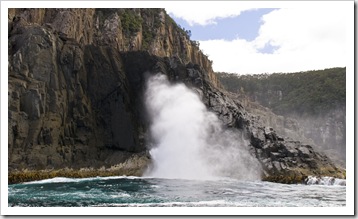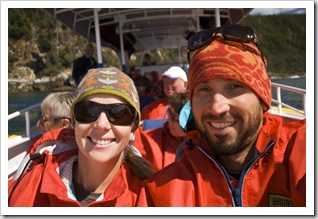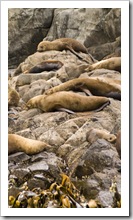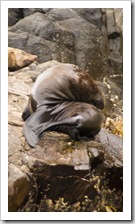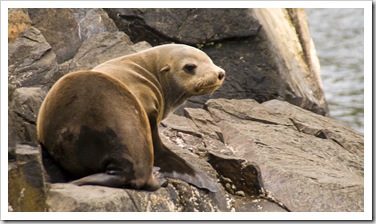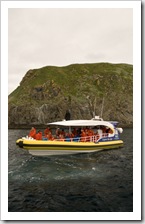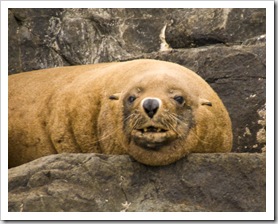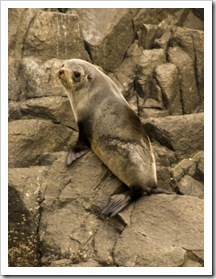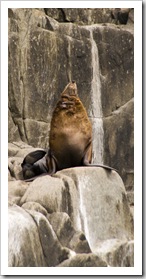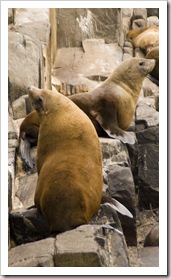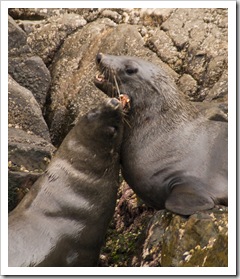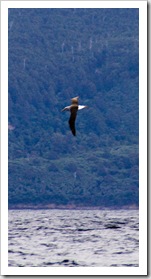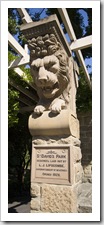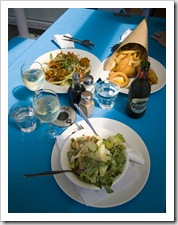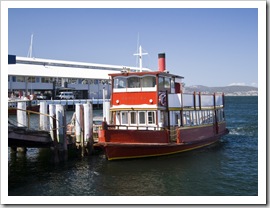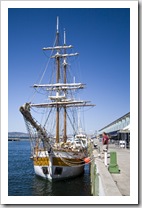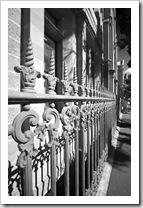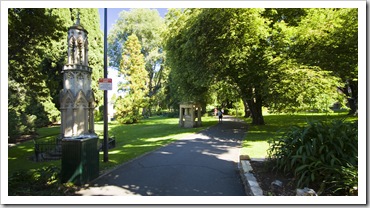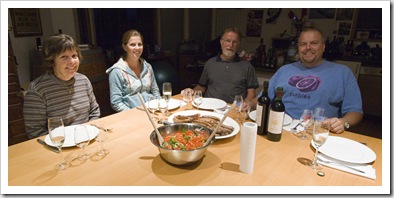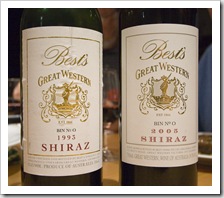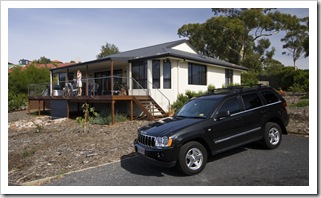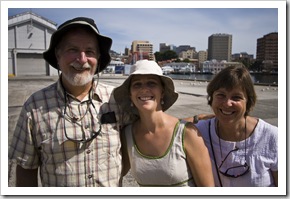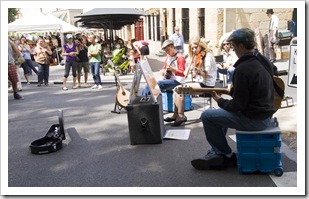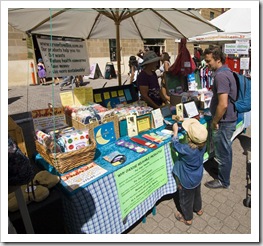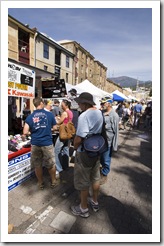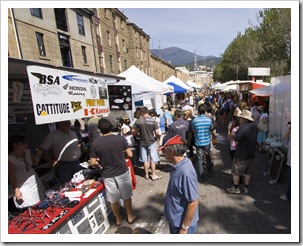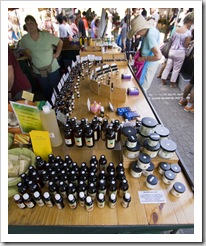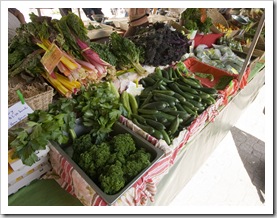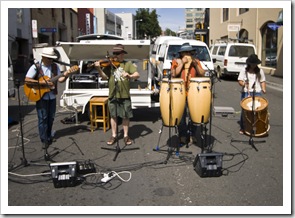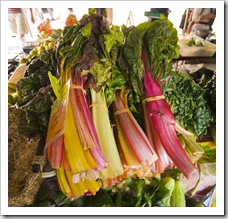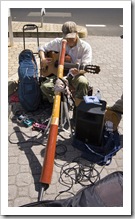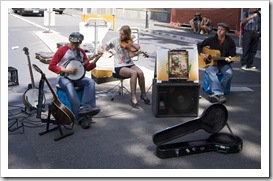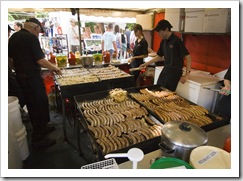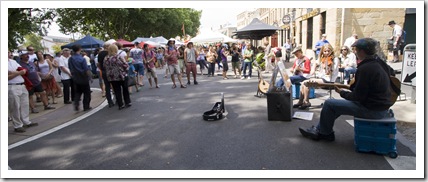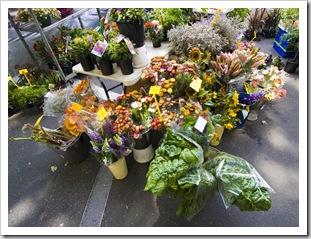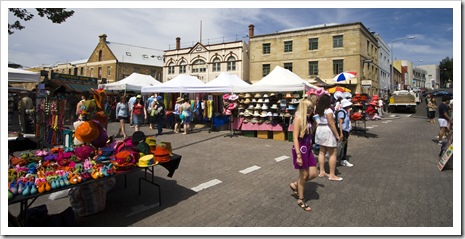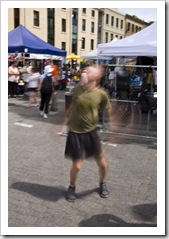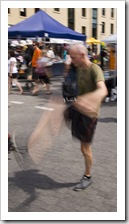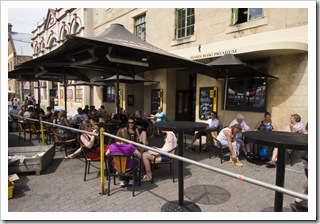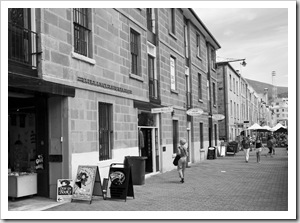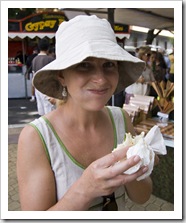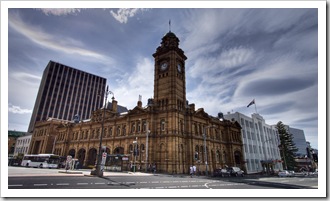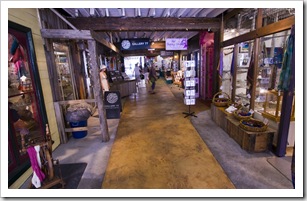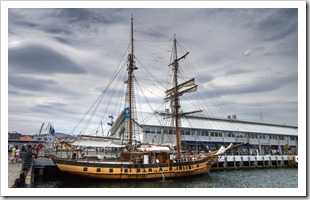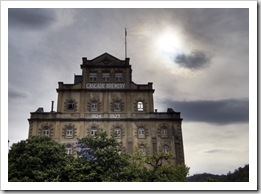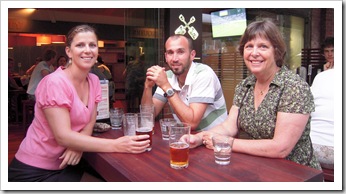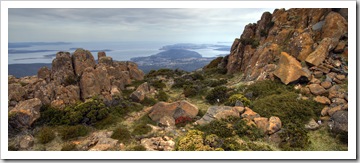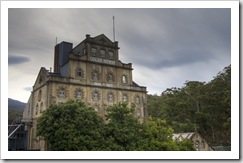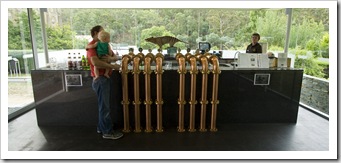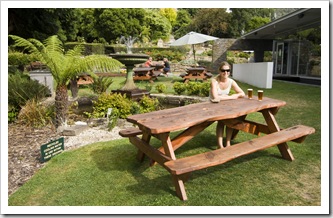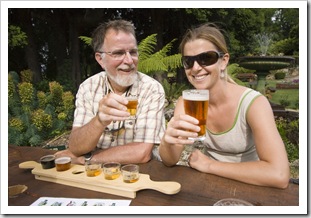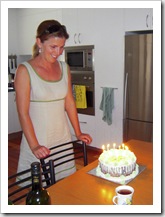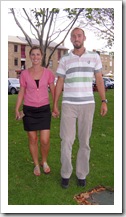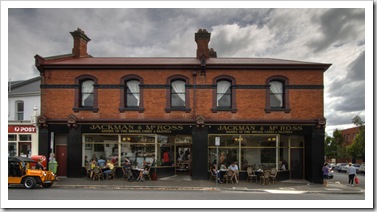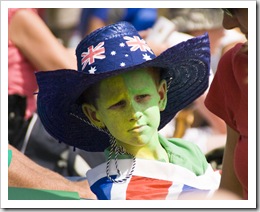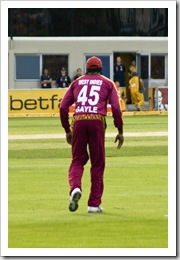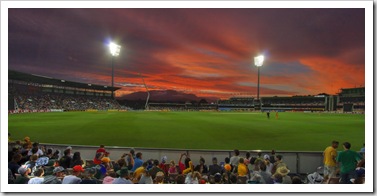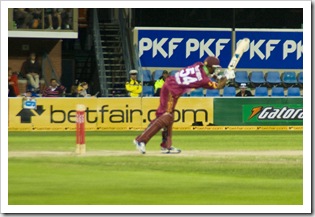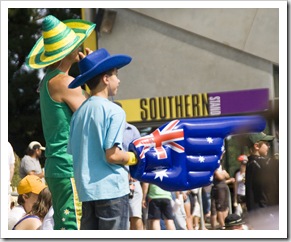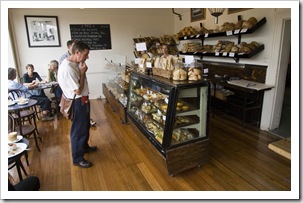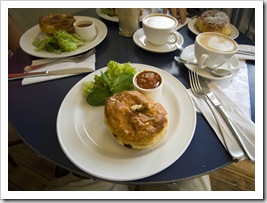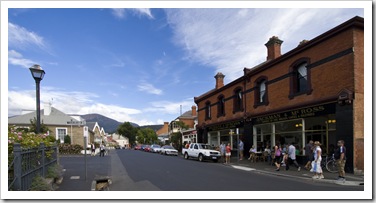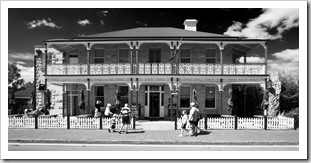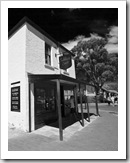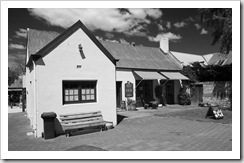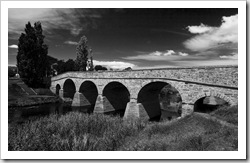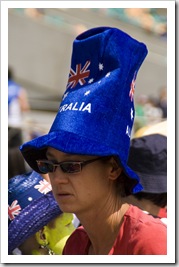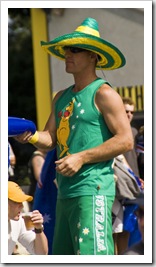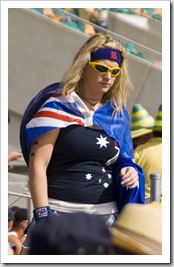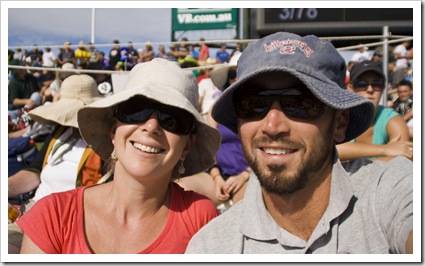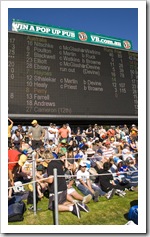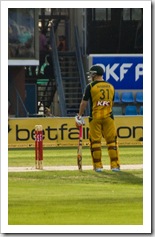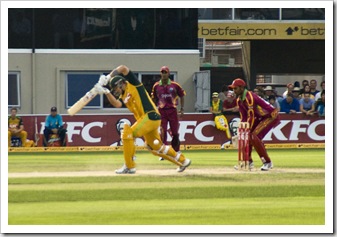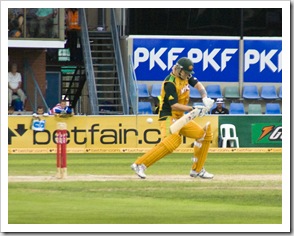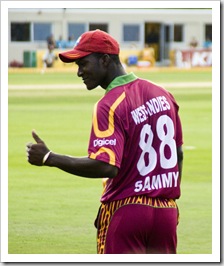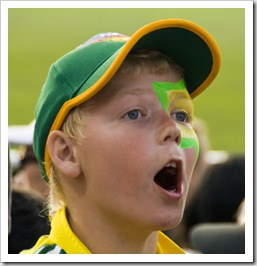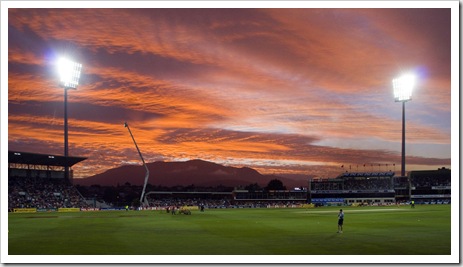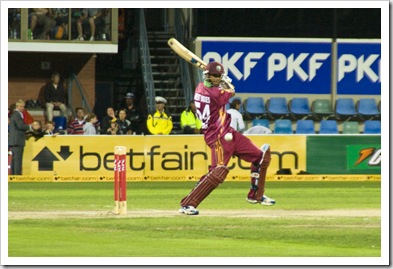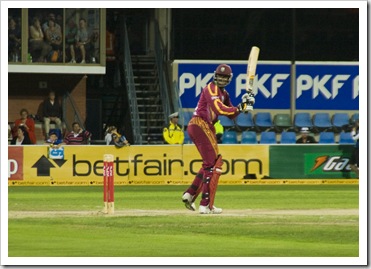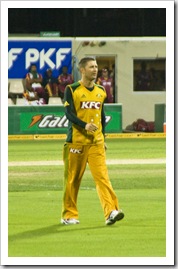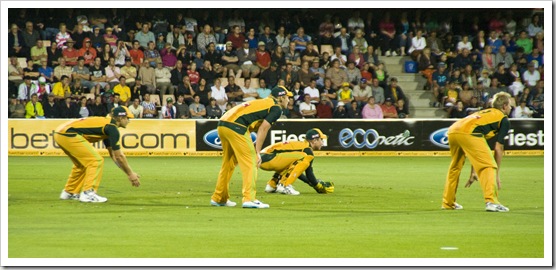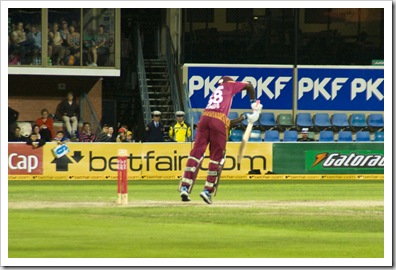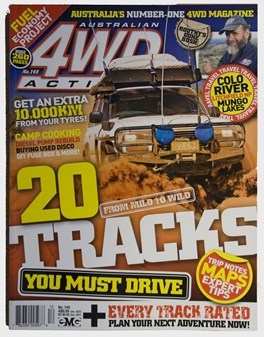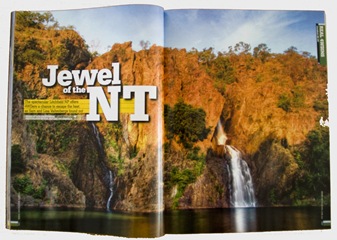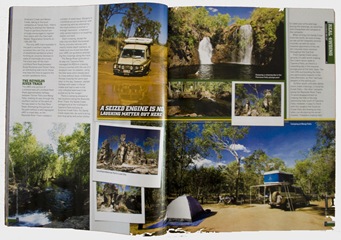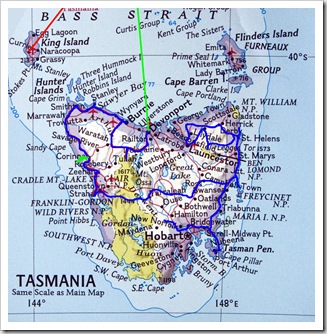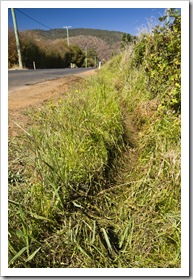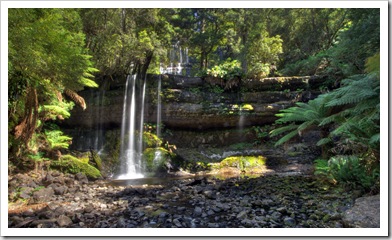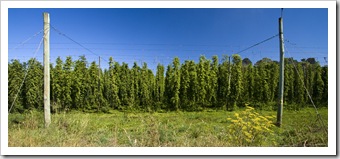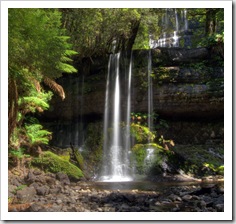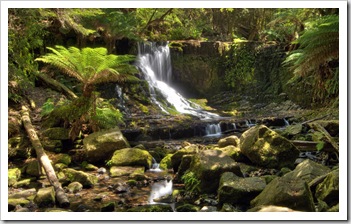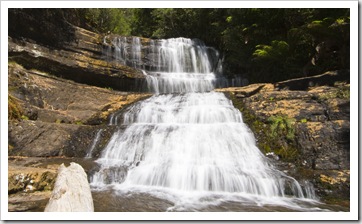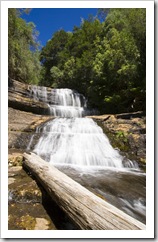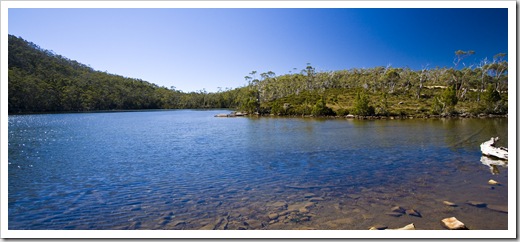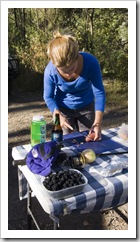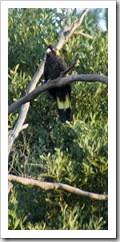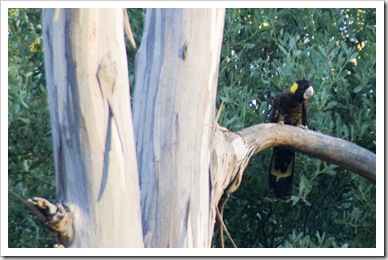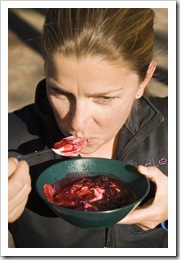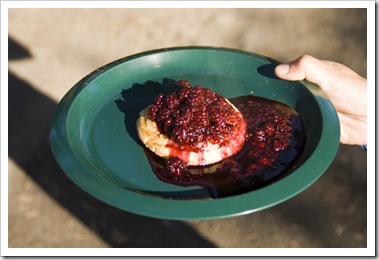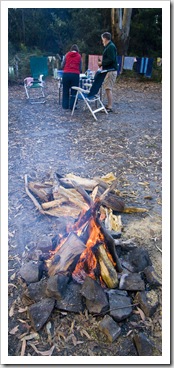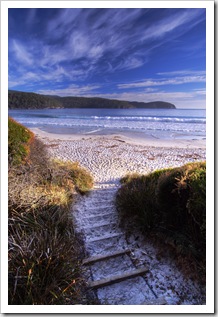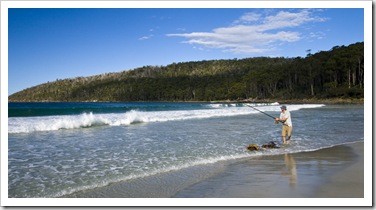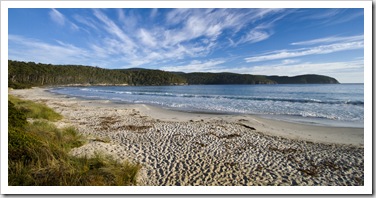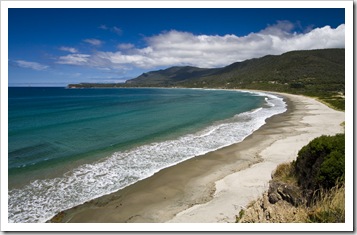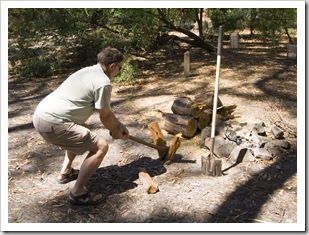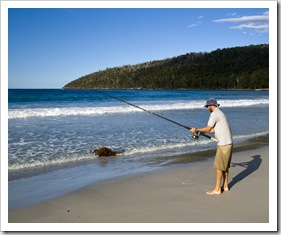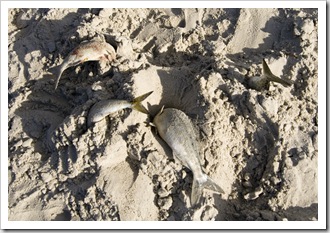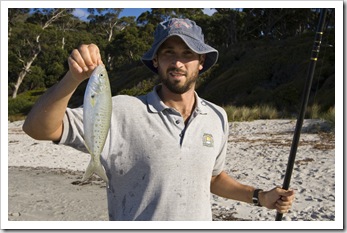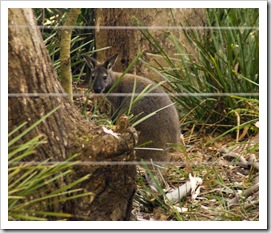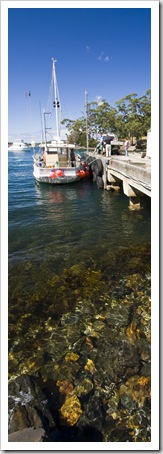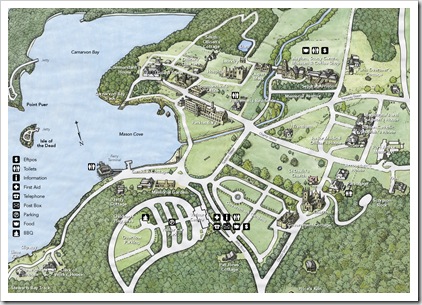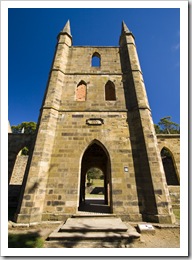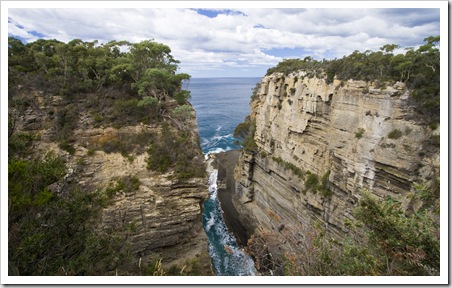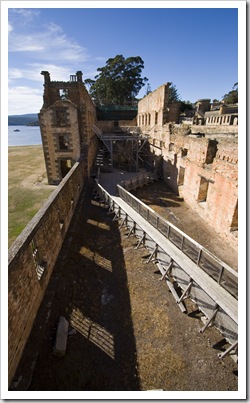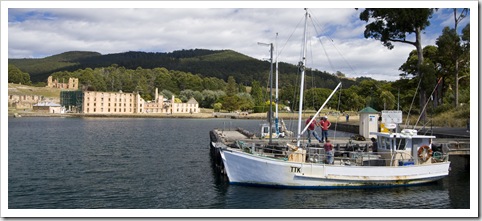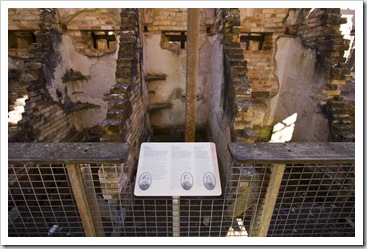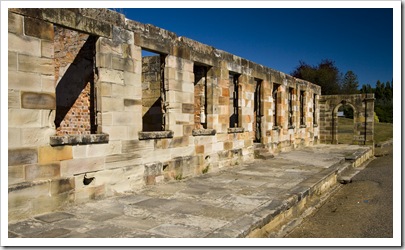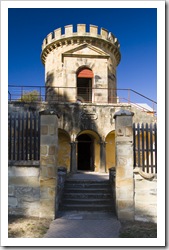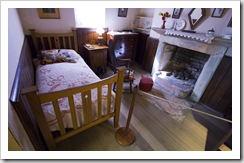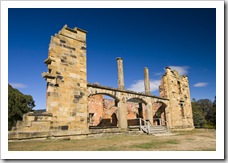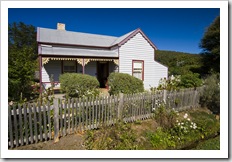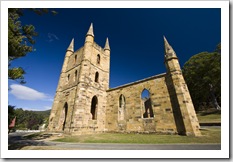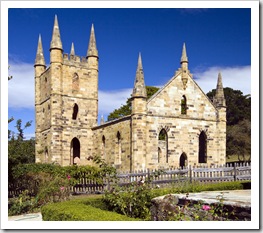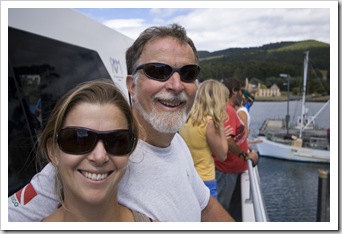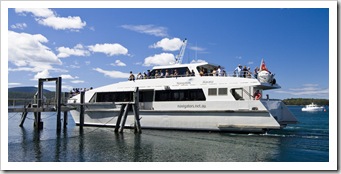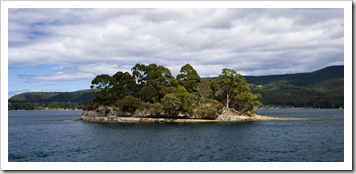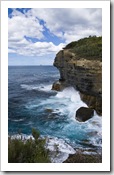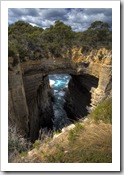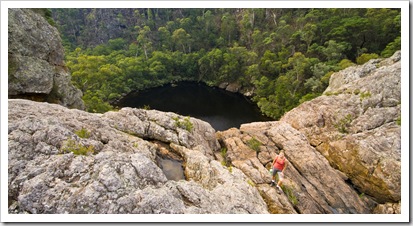
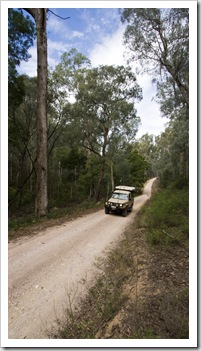
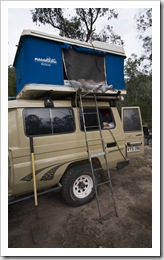 We toyed with the idea of spending the night at Cape Conran Coastal Park but the clouds started to cover the blue sky and wind picked up so we headed inland toward Snowy River National Park. The majority of Snowy River National Park is inaccessible but for a few 4WD tracks and a single dirt road that skirts the eastern and northern edges of the park. The map
We toyed with the idea of spending the night at Cape Conran Coastal Park but the clouds started to cover the blue sky and wind picked up so we headed inland toward Snowy River National Park. The majority of Snowy River National Park is inaccessible but for a few 4WD tracks and a single dirt road that skirts the eastern and northern edges of the park. The map 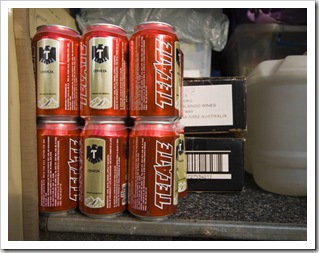 we had wasn’t the best so we spent a couple of hours searching along Yalmy Road on the east side of the park for Raymond Creek Falls, eventually finding them and the adjacent campsite after a long day of driving. The campsite was a fantastic secluded location amongst towering gums, we were the only people there for the night and enjoyed a walk down to the falls before settling in for the night next to a great campfire. We were quite fortunate to come across a lyrebird on the short walk to the falls, the female specimen we encountered wasn’t too worried about our presence and went about her business, giving us a great view of her as she scooted about the forest floor. Raymond Creek Falls was quite a sight, even though there was no water flowing when we visited. The massive plunge pool at the base of the falls gave us an indication of just how much water must flow over the falls during the winter rains, a serious torrent! The pools at the top of the falls seem to be a popular hangout for Eastern Water Dragons, we surprised a couple of them as we hopped about the rocks, one of them ran a few meters on the surface of one of the pools before escaping beneath the surface, awesome to see such big lizards run across the water.
we had wasn’t the best so we spent a couple of hours searching along Yalmy Road on the east side of the park for Raymond Creek Falls, eventually finding them and the adjacent campsite after a long day of driving. The campsite was a fantastic secluded location amongst towering gums, we were the only people there for the night and enjoyed a walk down to the falls before settling in for the night next to a great campfire. We were quite fortunate to come across a lyrebird on the short walk to the falls, the female specimen we encountered wasn’t too worried about our presence and went about her business, giving us a great view of her as she scooted about the forest floor. Raymond Creek Falls was quite a sight, even though there was no water flowing when we visited. The massive plunge pool at the base of the falls gave us an indication of just how much water must flow over the falls during the winter rains, a serious torrent! The pools at the top of the falls seem to be a popular hangout for Eastern Water Dragons, we surprised a couple of them as we hopped about the rocks, one of them ran a few meters on the surface of one of the pools before escaping beneath the surface, awesome to see such big lizards run across the water.
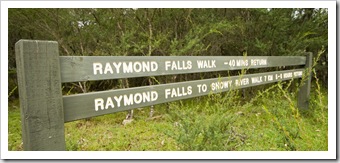
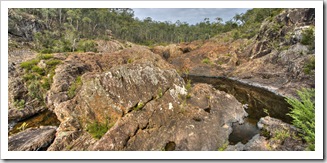
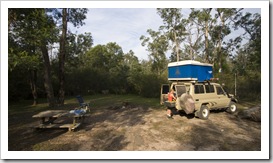
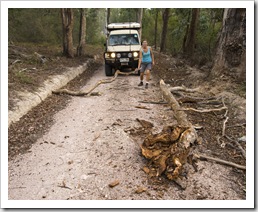
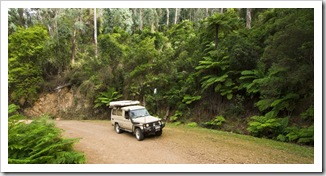 Ever since watching The Man From Snowy River as a kid I’ve wanted to see the mighty Snowy in the flesh (for you northerners, the Man from Snowy River is kind of like your Paul Bunyan, put the movie on your Netflix queue if you haven’t seen it). After we’d driven almost an hour along the dirt road skirting the eastern side of the National Park we came across a road block: the road was closed for construction. After some sweet talking on my part and the fact that everyone in the road work crew also drove Toyota Troop Carriers, the graders and bulldozers parted for us and we were able to continue on to McKillops Bridge (lucky because driving around would have meant an extra couple of hours of driving on back country dirt roads!). The road crew was sure to let us know that they were only letting us through as a favour and not to tell any of our mates!
Ever since watching The Man From Snowy River as a kid I’ve wanted to see the mighty Snowy in the flesh (for you northerners, the Man from Snowy River is kind of like your Paul Bunyan, put the movie on your Netflix queue if you haven’t seen it). After we’d driven almost an hour along the dirt road skirting the eastern side of the National Park we came across a road block: the road was closed for construction. After some sweet talking on my part and the fact that everyone in the road work crew also drove Toyota Troop Carriers, the graders and bulldozers parted for us and we were able to continue on to McKillops Bridge (lucky because driving around would have meant an extra couple of hours of driving on back country dirt roads!). The road crew was sure to let us know that they were only letting us through as a favour and not to tell any of our mates!
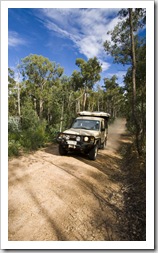
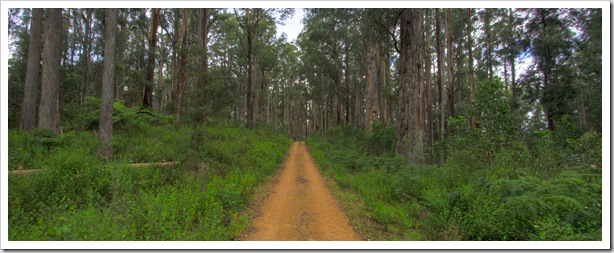
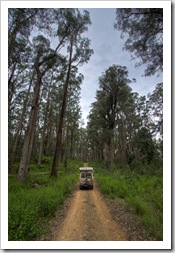
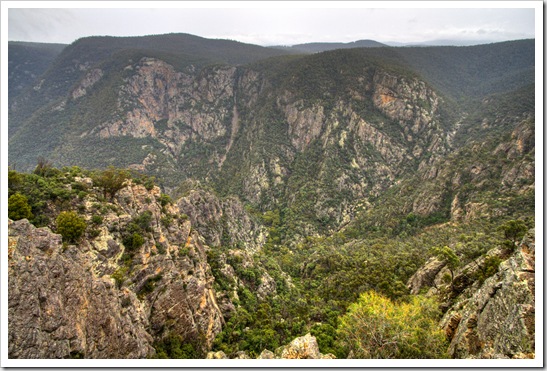
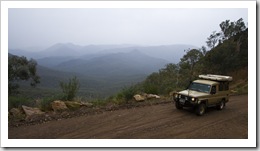 McKillops Bridge is a historical monument at the northern edge of Snowy River National Park, where Snowy River National Park ends and Alpine National Park begins. McKillops bridge was originally constructed in the 1930s
McKillops Bridge is a historical monument at the northern edge of Snowy River National Park, where Snowy River National Park ends and Alpine National Park begins. McKillops bridge was originally constructed in the 1930s 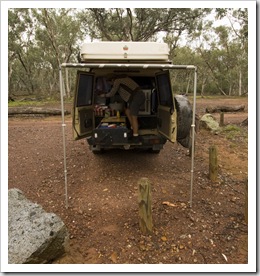 and just days before its official opening in 1934 was destroyed by flood waters! The bridge that extends over the mighty Snowy River today is the second attempt at the bridge, a wooden contraption that made both of us a little nervous driving over. A huge amount of water was
and just days before its official opening in 1934 was destroyed by flood waters! The bridge that extends over the mighty Snowy River today is the second attempt at the bridge, a wooden contraption that made both of us a little nervous driving over. A huge amount of water was 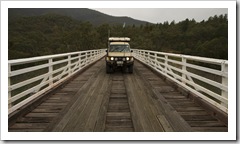 flowing when we crossed, even at the end of summer, no wonder the Snowy is part of Australia’s biggest (I believe…) hydroelectric power scheme. At McKillops Bridge the rain that was to plague us for the next few days really set in. We extracted The Tank’s awning for lunch, one of the few times we’ve had to do so, and made sandwiches in the shelter away from the rain. On our way west we stopped off at Little Rover Gorge, Victoria’s deepest gorge, on the eastern border of the National Park. Quite an impressive gouge in the earth, multiple waterfalls were visible in the distance from the gorge’s lookout, it would have been nice to take the hike down a portion of the gorge to Little River Falls if not for the rain…
flowing when we crossed, even at the end of summer, no wonder the Snowy is part of Australia’s biggest (I believe…) hydroelectric power scheme. At McKillops Bridge the rain that was to plague us for the next few days really set in. We extracted The Tank’s awning for lunch, one of the few times we’ve had to do so, and made sandwiches in the shelter away from the rain. On our way west we stopped off at Little Rover Gorge, Victoria’s deepest gorge, on the eastern border of the National Park. Quite an impressive gouge in the earth, multiple waterfalls were visible in the distance from the gorge’s lookout, it would have been nice to take the hike down a portion of the gorge to Little River Falls if not for the rain…
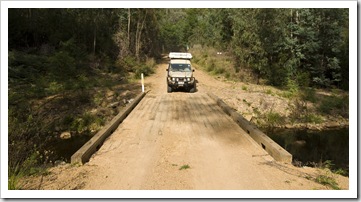
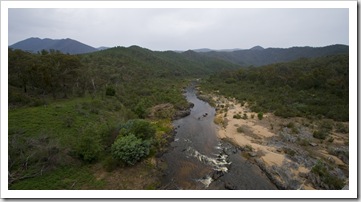
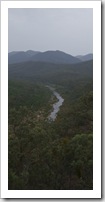
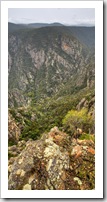
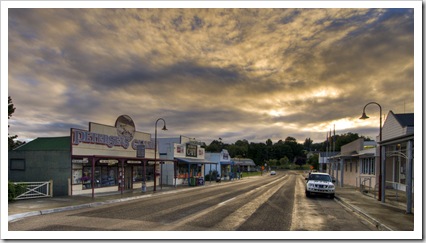
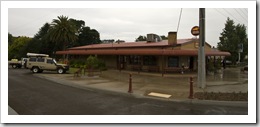 Another slight map mix-up led us to believe that the technical 4WD track cutting through from Snowy River to Omeo was a dirt road. The fact that it was raining heavily and given our previous experience with 4WD tracks in the Victorian High Country, we weren’t too keen on tackling the traverse by ourselves so spent a couple of hours driving down the mountains all the way to
Another slight map mix-up led us to believe that the technical 4WD track cutting through from Snowy River to Omeo was a dirt road. The fact that it was raining heavily and given our previous experience with 4WD tracks in the Victorian High Country, we weren’t too keen on tackling the traverse by ourselves so spent a couple of hours driving down the mountains all the way to 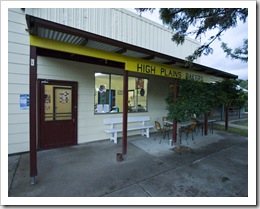 Bruthen and then a portion of the way back up the Great Alpine Highway to Swifts Creek (S37°15.629’ E147°43.361’). Swifts Creek is a tiny farming settlement a short drive down the mountains from Omeo, we spent the evening at the Albion Hotel with the locals enjoying a few
Bruthen and then a portion of the way back up the Great Alpine Highway to Swifts Creek (S37°15.629’ E147°43.361’). Swifts Creek is a tiny farming settlement a short drive down the mountains from Omeo, we spent the evening at the Albion Hotel with the locals enjoying a few 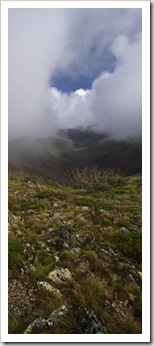
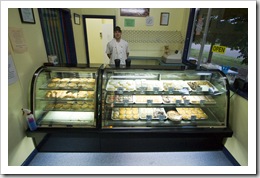 brews and avoiding the rain. A short walk from the town centre we found a great spot beside a creek to setup for the night, rare Gang Gang Cockatoos noisily ate in the Eucalypts above The Blue Room into the evening and acted as our alarm clock again in the morning.
brews and avoiding the rain. A short walk from the town centre we found a great spot beside a creek to setup for the night, rare Gang Gang Cockatoos noisily ate in the Eucalypts above The Blue Room into the evening and acted as our alarm clock again in the morning.
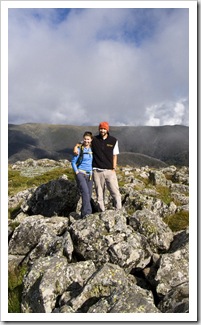
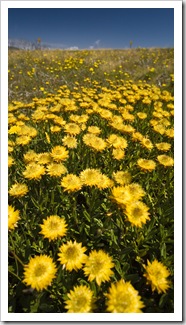 From Swifts Creek we continued up into the mountains, through the quaint historic town of Omeo where we caught a brilliant sunrise over the main street before heading toward Mount Hotham and Dinner Plain. The Tank wasn’t too keen on climbing through 3000 and then 4000 feet on the way up the mountains, the thin air causing her to chug a little black smoke out the rear, even requiring us to climb up some of the steeper highway inclines in second gear. It was a beautiful drive, the high mountain pastoral country eventually giving way to Alpine National Park, the clouds and rain finally subsided and we were rewarded with some brilliant views of the Victorian Alps stretching into the distance. I basically learned to ski at Mount Hotham (S36°58.500’ E147°08.291’),
From Swifts Creek we continued up into the mountains, through the quaint historic town of Omeo where we caught a brilliant sunrise over the main street before heading toward Mount Hotham and Dinner Plain. The Tank wasn’t too keen on climbing through 3000 and then 4000 feet on the way up the mountains, the thin air causing her to chug a little black smoke out the rear, even requiring us to climb up some of the steeper highway inclines in second gear. It was a beautiful drive, the high mountain pastoral country eventually giving way to Alpine National Park, the clouds and rain finally subsided and we were rewarded with some brilliant views of the Victorian Alps stretching into the distance. I basically learned to ski at Mount Hotham (S36°58.500’ E147°08.291’), 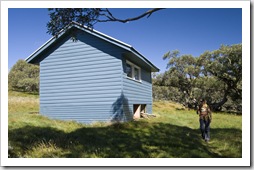 spending at least a week there during most winters ever since I was 13 or so. I also took Lisa skiing there for a week when we were both 21 when she was studying at the University of Adelaide. For all the times I’ve been to Mount Hotham I’d never visited during summer so it was interesting to see the ski
spending at least a week there during most winters ever since I was 13 or so. I also took Lisa skiing there for a week when we were both 21 when she was studying at the University of Adelaide. For all the times I’ve been to Mount Hotham I’d never visited during summer so it was interesting to see the ski 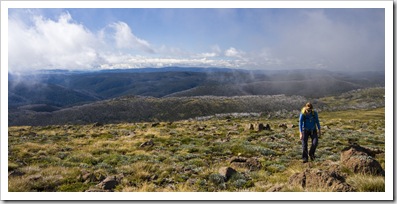 resort devoid of people and snow. Mount Hotham is a launching point for the popular Razorback Ridge walk to sky-reaching Mount Feathertop, and while we didn’t arrive early enough in the day to attempt the 20+ kilometer hike we did enjoy some fantastic hiking through Alpine National Park. As with our Crater Lake hike in Tasmania recently, when we set off toward Mount Loch we were rugged up in beanies and Gore-Tex jackets, hiking through the dense fog with no idea of our surrounds. When we reached Mount Loch the clouds parted for striking views of Razorback Ridge and Mount Feathertop in the distance, later clearing even more for a view of Victoria’s highest peak – Mount Bogong – in the distance. From Mount Loch we continued on to one of the many alpine huts dotted through the area, finishing up the afternoon with all our cold weather gear on our backs and pants rolled up in the heat!
resort devoid of people and snow. Mount Hotham is a launching point for the popular Razorback Ridge walk to sky-reaching Mount Feathertop, and while we didn’t arrive early enough in the day to attempt the 20+ kilometer hike we did enjoy some fantastic hiking through Alpine National Park. As with our Crater Lake hike in Tasmania recently, when we set off toward Mount Loch we were rugged up in beanies and Gore-Tex jackets, hiking through the dense fog with no idea of our surrounds. When we reached Mount Loch the clouds parted for striking views of Razorback Ridge and Mount Feathertop in the distance, later clearing even more for a view of Victoria’s highest peak – Mount Bogong – in the distance. From Mount Loch we continued on to one of the many alpine huts dotted through the area, finishing up the afternoon with all our cold weather gear on our backs and pants rolled up in the heat!
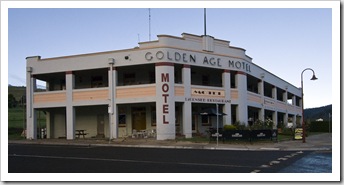
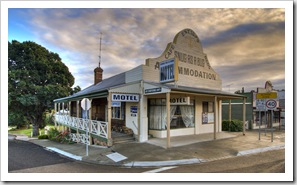
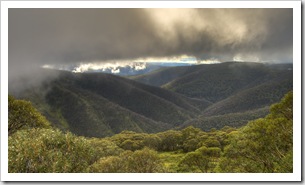
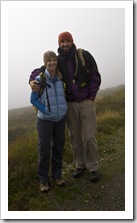
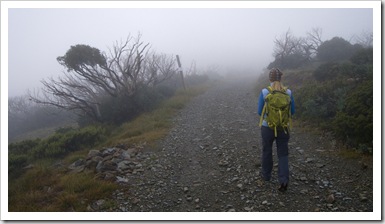
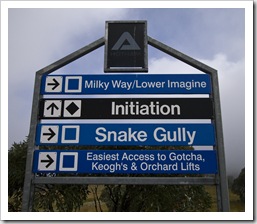
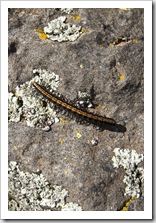
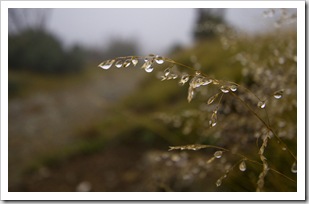
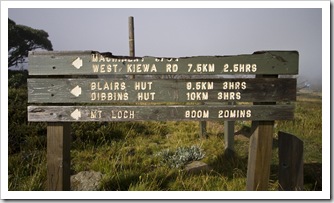


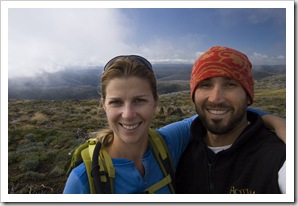
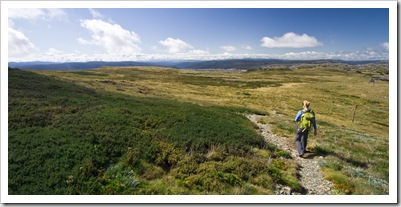
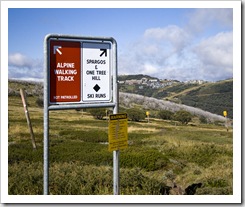
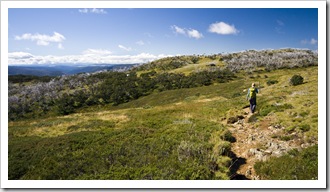
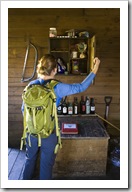
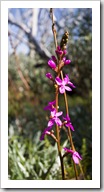
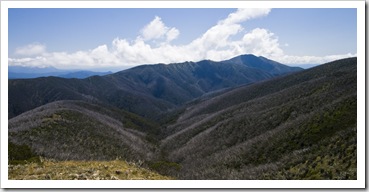
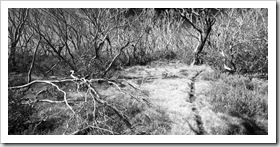
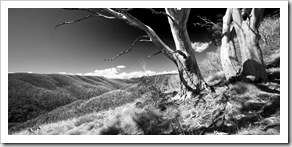
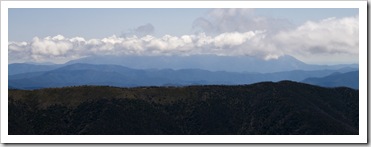

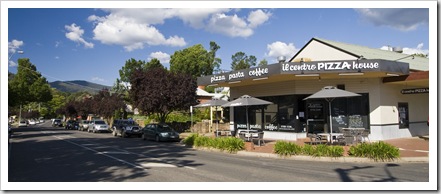 With some sore feet and Lisa a bit of sunburn around her neck from the mountain sun we chugged down the northern side of the Great Dividing Range into Harrietville. Some absolutely beautiful properties around Harrietville, green pastures and bubbling creeks everywhere, such a quaint little spot nestled between the alps. We finished our day in Bright (S36°43.725’ E146°57.869’), the gateway to the ski resorts of Mount Hotham and Falls Creek, making sure to stop off at the Bright Brewery to sample their fare.
With some sore feet and Lisa a bit of sunburn around her neck from the mountain sun we chugged down the northern side of the Great Dividing Range into Harrietville. Some absolutely beautiful properties around Harrietville, green pastures and bubbling creeks everywhere, such a quaint little spot nestled between the alps. We finished our day in Bright (S36°43.725’ E146°57.869’), the gateway to the ski resorts of Mount Hotham and Falls Creek, making sure to stop off at the Bright Brewery to sample their fare.
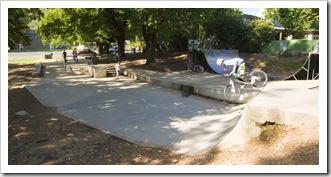
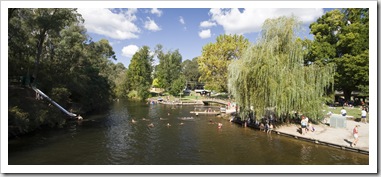
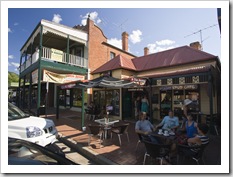
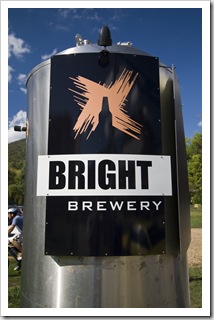
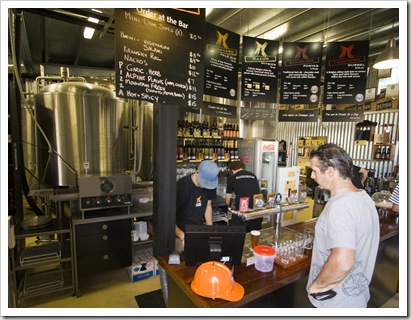
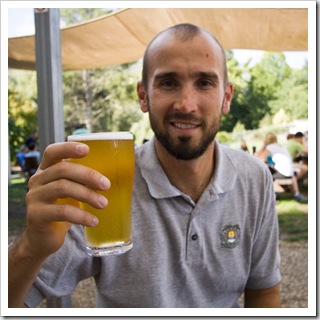
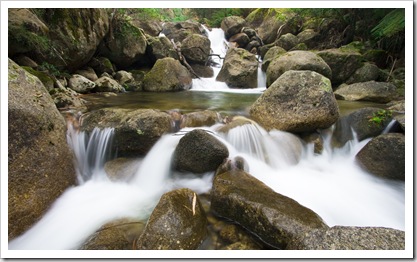
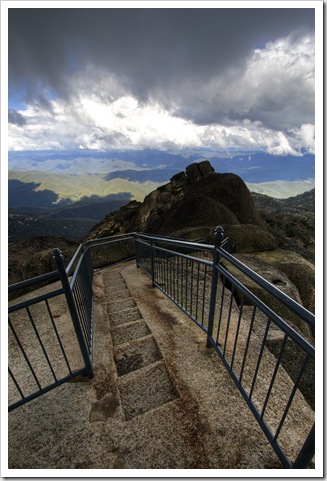 The final stop on our tour of the Victorian Alps was Mount Buffalo National Park. Mount Buffalo is one of the original Victorian ski resorts, although I’m not sure it still operates these days – even though the chairlifts are still in place – with the much larger and higher Hotham and Falls Creek resorts only a stone’s throw away. We actually went to Buffalo twice: on Sunday morning when we ventured in, the rain kept us in the car the whole time so we were unable to explore some of the myriad of hiking trails the National Park has to
The final stop on our tour of the Victorian Alps was Mount Buffalo National Park. Mount Buffalo is one of the original Victorian ski resorts, although I’m not sure it still operates these days – even though the chairlifts are still in place – with the much larger and higher Hotham and Falls Creek resorts only a stone’s throw away. We actually went to Buffalo twice: on Sunday morning when we ventured in, the rain kept us in the car the whole time so we were unable to explore some of the myriad of hiking trails the National Park has to 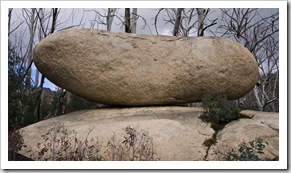 offer. We returned on Monday between the downpours to explore Eurobin Falls, Rollasons Falls as well as the amazing rock formations of the Buffalo plateau along a walk through the Old Galleries. With the amount of rain the high country had received in days prior, the creeks and falls were absolutely charging with water. So much that I couldn’t get a photo of Eurobin Falls without water from the torrent covering the lens! We drove all the way to the top of Mount Buffalo, the peak is called The Horn and at 1723 meters (5652 feet) above sea level provides unparalleled 360° views of the surrounding mountains and plains. Glad we returned between the rains, Mount Buffalo is an awesome spot, one could spend days exploring all the hiking trails the place has to offer…
offer. We returned on Monday between the downpours to explore Eurobin Falls, Rollasons Falls as well as the amazing rock formations of the Buffalo plateau along a walk through the Old Galleries. With the amount of rain the high country had received in days prior, the creeks and falls were absolutely charging with water. So much that I couldn’t get a photo of Eurobin Falls without water from the torrent covering the lens! We drove all the way to the top of Mount Buffalo, the peak is called The Horn and at 1723 meters (5652 feet) above sea level provides unparalleled 360° views of the surrounding mountains and plains. Glad we returned between the rains, Mount Buffalo is an awesome spot, one could spend days exploring all the hiking trails the place has to offer…

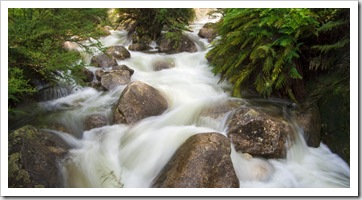
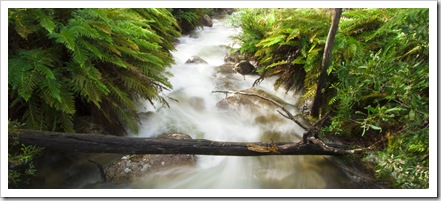
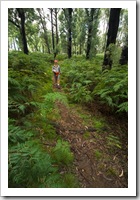
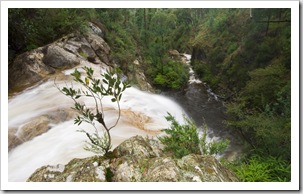
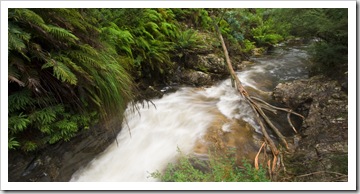
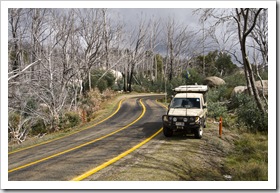
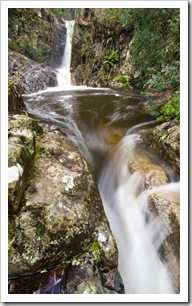
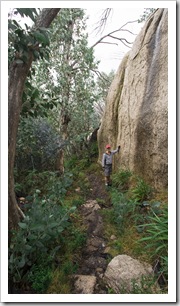
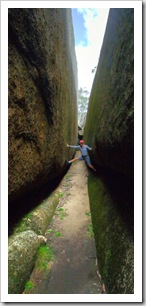
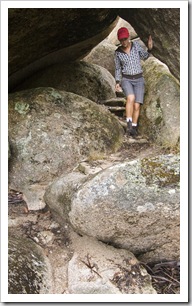
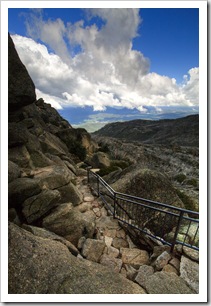

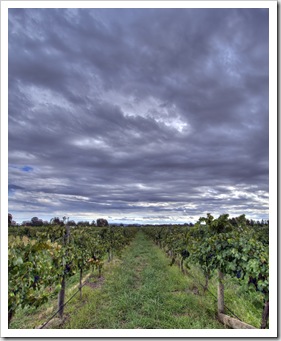
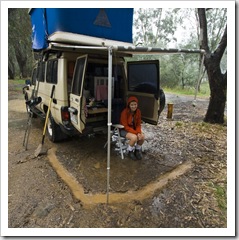
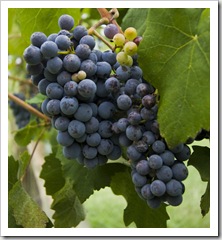 In-between attempting to escape the rain that had been plaguing us during our trip through the Victorian high country we spent some time exploring the wines of King Valley and gourmet food establishments dotted through the Milawa region. In King Valley we stopped off at Wood Park Wines, Brown Brothers and Sam Miranda as well as the Milawa Cheese Factory and galleries of some of the local artists. A great spot to explore whilst we couldn’t be outside! We spent one night just outside of Milawa (S36°24.861’ E146°27.416’) on the banks of, if not for the torrential rain, would have been a beautiful river. I have never seen it rain in Australia like it did that night, it just poured and poured, so much that I had to dig a little moat around the tank so we weren’t sloshing about in the mud. We were a little wary sleeping next to a river in the Murray flood plains during such an eye-opening downpour, but during the few hours we were watching the water level it didn’t seem to rise, which left us somewhat at ease going to sleep for the night…
In-between attempting to escape the rain that had been plaguing us during our trip through the Victorian high country we spent some time exploring the wines of King Valley and gourmet food establishments dotted through the Milawa region. In King Valley we stopped off at Wood Park Wines, Brown Brothers and Sam Miranda as well as the Milawa Cheese Factory and galleries of some of the local artists. A great spot to explore whilst we couldn’t be outside! We spent one night just outside of Milawa (S36°24.861’ E146°27.416’) on the banks of, if not for the torrential rain, would have been a beautiful river. I have never seen it rain in Australia like it did that night, it just poured and poured, so much that I had to dig a little moat around the tank so we weren’t sloshing about in the mud. We were a little wary sleeping next to a river in the Murray flood plains during such an eye-opening downpour, but during the few hours we were watching the water level it didn’t seem to rise, which left us somewhat at ease going to sleep for the night…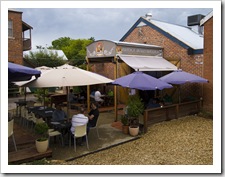
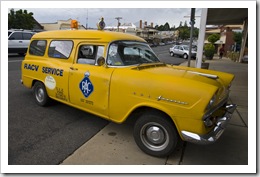 Beechworth is a small country town full of history located a short drive north of the Milawa gourmet region. I’d read in a tourism brochure about Beechworth’s famous bakery, so of course there was no way I was going to forgo a visit. We made our first foray into town one afternoon during the rain, and after sampling the Beechworth Bakery’s fine offerings, ended up returning the next day for lunch on our way to Rutherglen. Beechworth Bakery’s slogan is ‘Australia’s best bakery’; I’m not sure if that’s deserved but it sure is a great place for lunch. Beechworth is well worth a look if ever in the northeast of Victoria, with plenty of places to eat, designer clothes stores, a brewery and plenty of historical buildings, its easy to kill a few hours exploring all that’s on offer.
Beechworth is a small country town full of history located a short drive north of the Milawa gourmet region. I’d read in a tourism brochure about Beechworth’s famous bakery, so of course there was no way I was going to forgo a visit. We made our first foray into town one afternoon during the rain, and after sampling the Beechworth Bakery’s fine offerings, ended up returning the next day for lunch on our way to Rutherglen. Beechworth Bakery’s slogan is ‘Australia’s best bakery’; I’m not sure if that’s deserved but it sure is a great place for lunch. Beechworth is well worth a look if ever in the northeast of Victoria, with plenty of places to eat, designer clothes stores, a brewery and plenty of historical buildings, its easy to kill a few hours exploring all that’s on offer.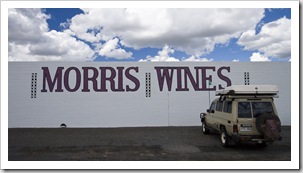 Along with the Barossa Valley, Rutherglen is one of Australia’s two original wine regions. The first wineries established way back in the late 1850s and produced a great deal of Australia’s wine until the area was devastated by Phylloxera.
Along with the Barossa Valley, Rutherglen is one of Australia’s two original wine regions. The first wineries established way back in the late 1850s and produced a great deal of Australia’s wine until the area was devastated by Phylloxera. 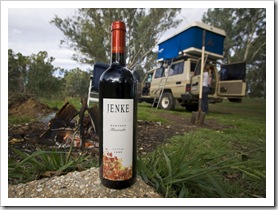 Today the Rutherglen region is known for some of the country’s best dessert wines, particularly delicious Muscat and Tokay styles. My dad has been sending us bottles of Morris Muscat to the States for as long as I can remember, so we were both keen to get a first-hand look at the Morris facility just east of the town of Rutherglen. We also stopped off at family-owned Gehrig Wines, started in 1858 and today in the hands of the fifth-generation Gehrig winemaker. Gehrig was a
Today the Rutherglen region is known for some of the country’s best dessert wines, particularly delicious Muscat and Tokay styles. My dad has been sending us bottles of Morris Muscat to the States for as long as I can remember, so we were both keen to get a first-hand look at the Morris facility just east of the town of Rutherglen. We also stopped off at family-owned Gehrig Wines, started in 1858 and today in the hands of the fifth-generation Gehrig winemaker. Gehrig was a 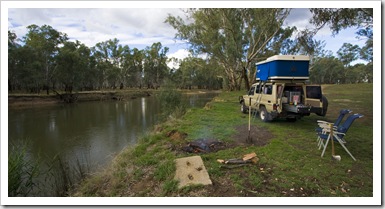 tiny place, harvesting only 100 tonnes of fruit each vintage, but they had some fantastic dessert wines and Lisa enjoyed having a long chat with the fourth-generation winemaker manning the tasting room when we visited. After
tiny place, harvesting only 100 tonnes of fruit each vintage, but they had some fantastic dessert wines and Lisa enjoyed having a long chat with the fourth-generation winemaker manning the tasting room when we visited. After 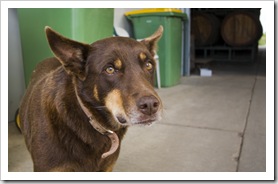 Gehrig we shot into the town of Rutherglen to make one last late afternoon stop at Chambers Winery, one of the other original wineries in the area. We lucked onto finding one of the family manning the tasting room, Bill Chambers took a lot of interest in us once he realized Lisa used to work in the wine industry and sent us packing with a complimentary bottle of his scrumptious Muscat. Unfortunately the rain was at us again in Rutherglen, but we managed to find some time for a nice fire on the banks of the Murray River at Police Paddocks (S35°58.824’ E146°30.201’) just outside Rutherglen. A fantastic area to visit, a lot of history in the wineries and the people were so friendly and accommodating.
Gehrig we shot into the town of Rutherglen to make one last late afternoon stop at Chambers Winery, one of the other original wineries in the area. We lucked onto finding one of the family manning the tasting room, Bill Chambers took a lot of interest in us once he realized Lisa used to work in the wine industry and sent us packing with a complimentary bottle of his scrumptious Muscat. Unfortunately the rain was at us again in Rutherglen, but we managed to find some time for a nice fire on the banks of the Murray River at Police Paddocks (S35°58.824’ E146°30.201’) just outside Rutherglen. A fantastic area to visit, a lot of history in the wineries and the people were so friendly and accommodating.